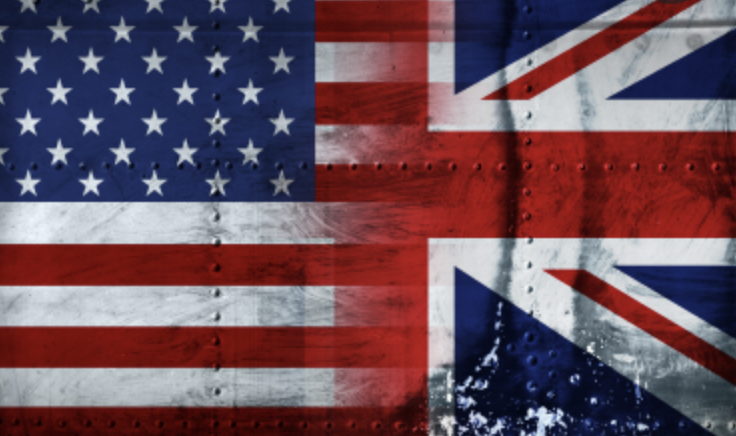GBP/USD is under pressure at its two-year low near 1.1900, according to BOE's Bailey
GBP/USD is struggling to rebound from levels not seen since March 2020. Multiple prominent UK lawmakers have applied for the presidency, and tax reduction appear to be their primary platform. Inflation and economic apprehensions join the worst strain on UK shops since the epidemic to push on pricing.


During Tuesday's Asian session, GBP/USD bears flirt with the 1.1900 level after testing the two-year low at 1.1845 the day before. Recent losses for the Cable pair may be attributable to political developments in the United Kingdom and worries of a recession.
After the dismissal of Boris Johnson, a number of prominent British diplomats, including former Chancellor Rishi Sunak, Foreign Secretary Liz Truss, and current UK Finance Minister Nadhim Zahawi, are in the running for the presidency. While Brexit is the most important factor in favoring the candidacy, tax cuts are being touted as the pledge to attract support.
Reuters reported on Tuesday that a poll of the retail industry revealed that British consumers reduced their spending for the third consecutive month and that sales volumes plummeted by the greatest since the COVID-19 epidemic.
According to Reuters, Bank of England (BOE) Governor Andrew Bailey stated, "The United Kingdom is facing a very large real income shock." The news also exerts downward pressure on the GBP/USD exchange rate due to the nation's economic anxiety.
On a broader front, the all-time high US inflation expectations and remarks from US officials predicting more pain in the future exacerbated worries of economic slowdown, which drove the risk-averse sentiment and submerged the GBP/USD exchange rate. In spite of this, one-year inflation forecasts in the United States reached a record high of 6.8 percent in June, up from 6.6 percent in May, according to a study conducted by the New York Federal Reserve. Additionally contributing to market gloom are expectations of Fed aggressiveness, previously supported by the most recent US employment data. The US Nonfarm Payrolls (NFP) increased by 372K in June, vs expectations of 268K and a downward revision of 384K, while the unemployment rate remained steady at 3.6%.
In this environment, stocks remained weak and US Treasury rates continued to signal recession worries. In addition, S&P 500 Futures monitor losses on Wall Street as of press time.
The second round of evidence from Governor Bailey of the Bank of England will be crucial for GBP/USD traders. However, the main focus will be on risk drivers such as political developments and inflationary worries.
Bonus rebate to help investors grow in the trading world!

 English
English














